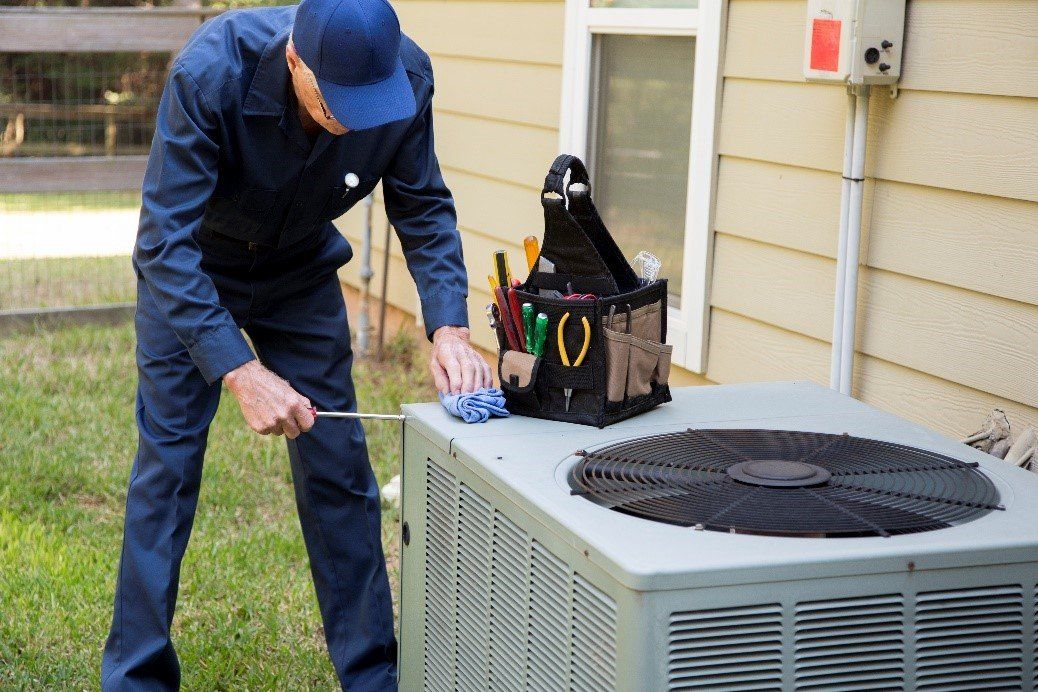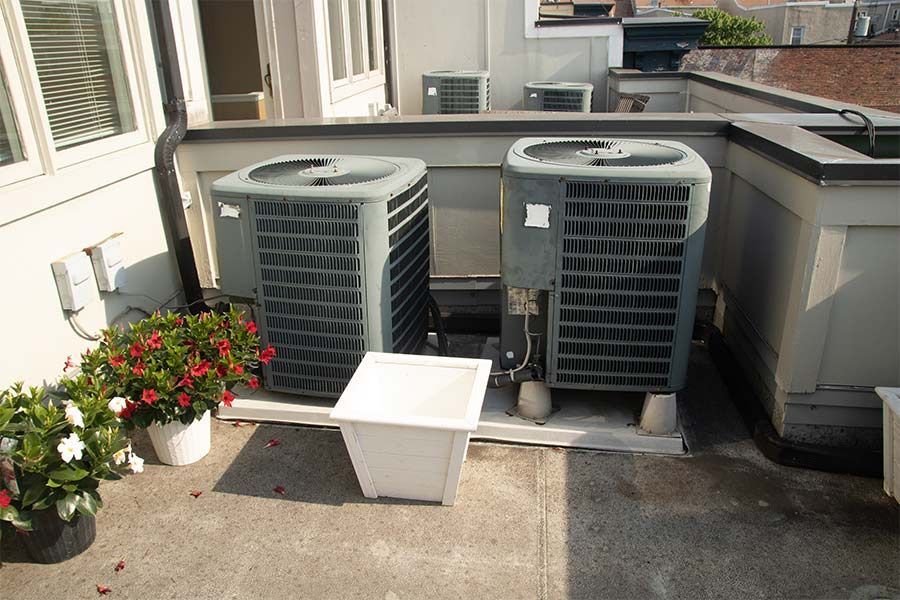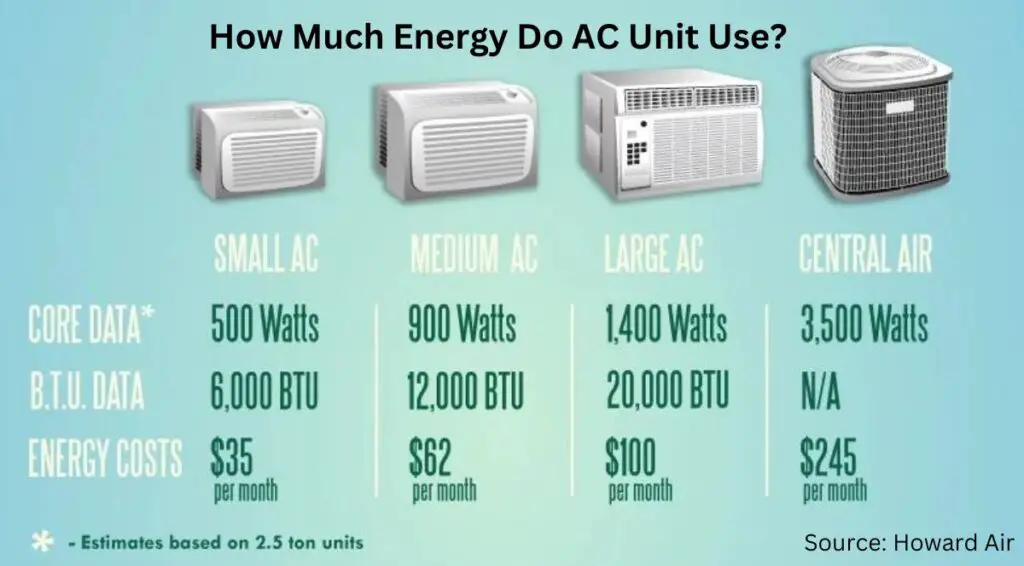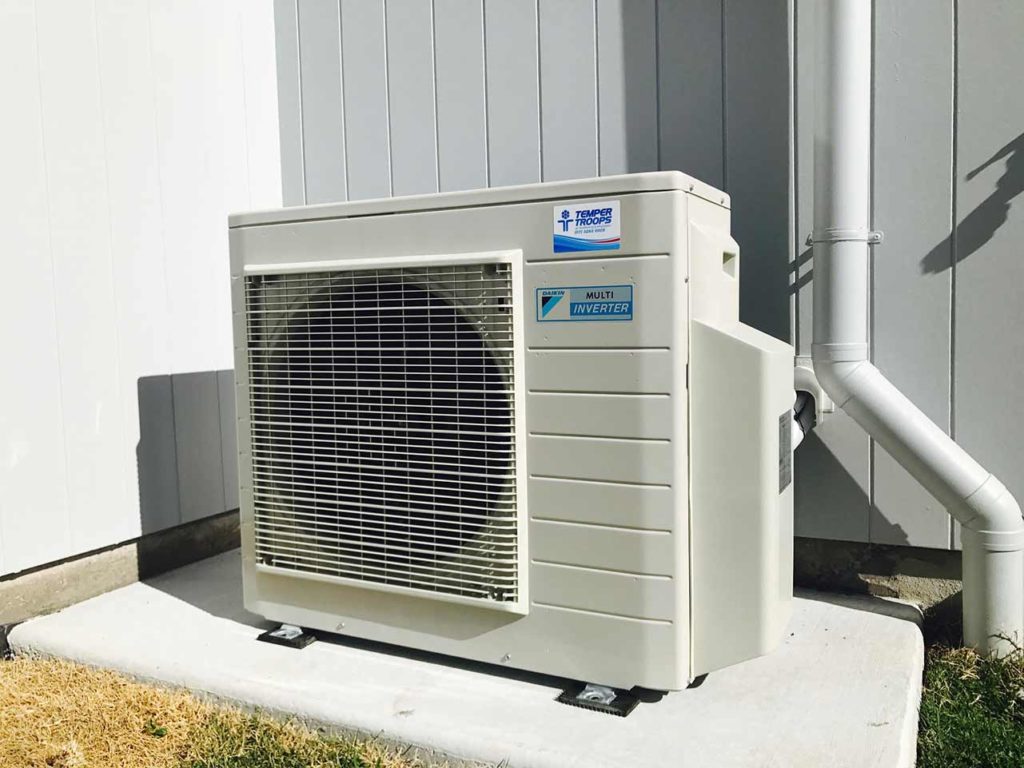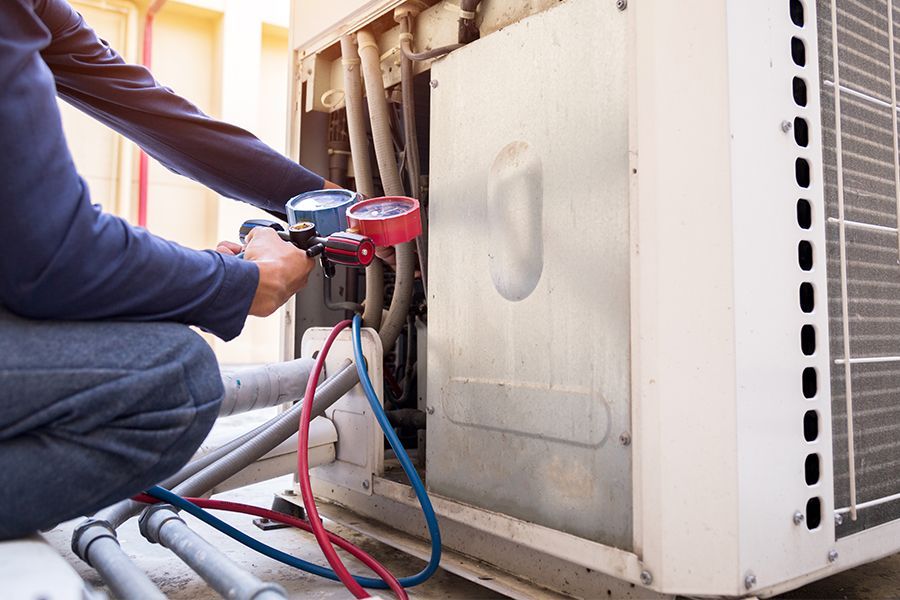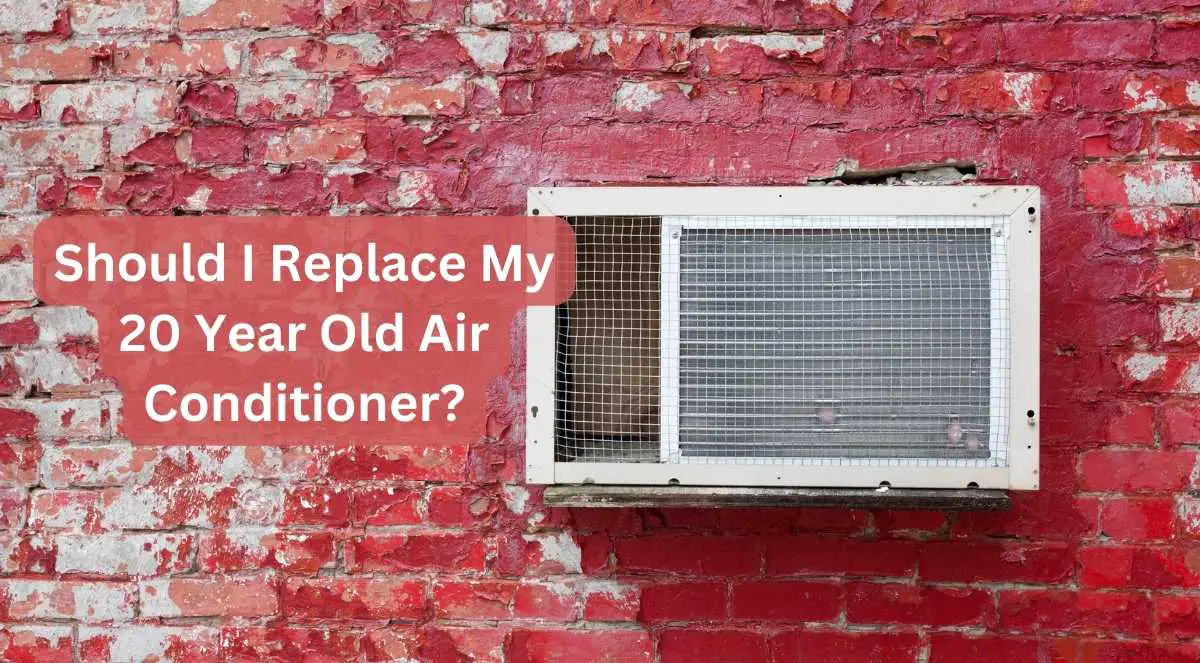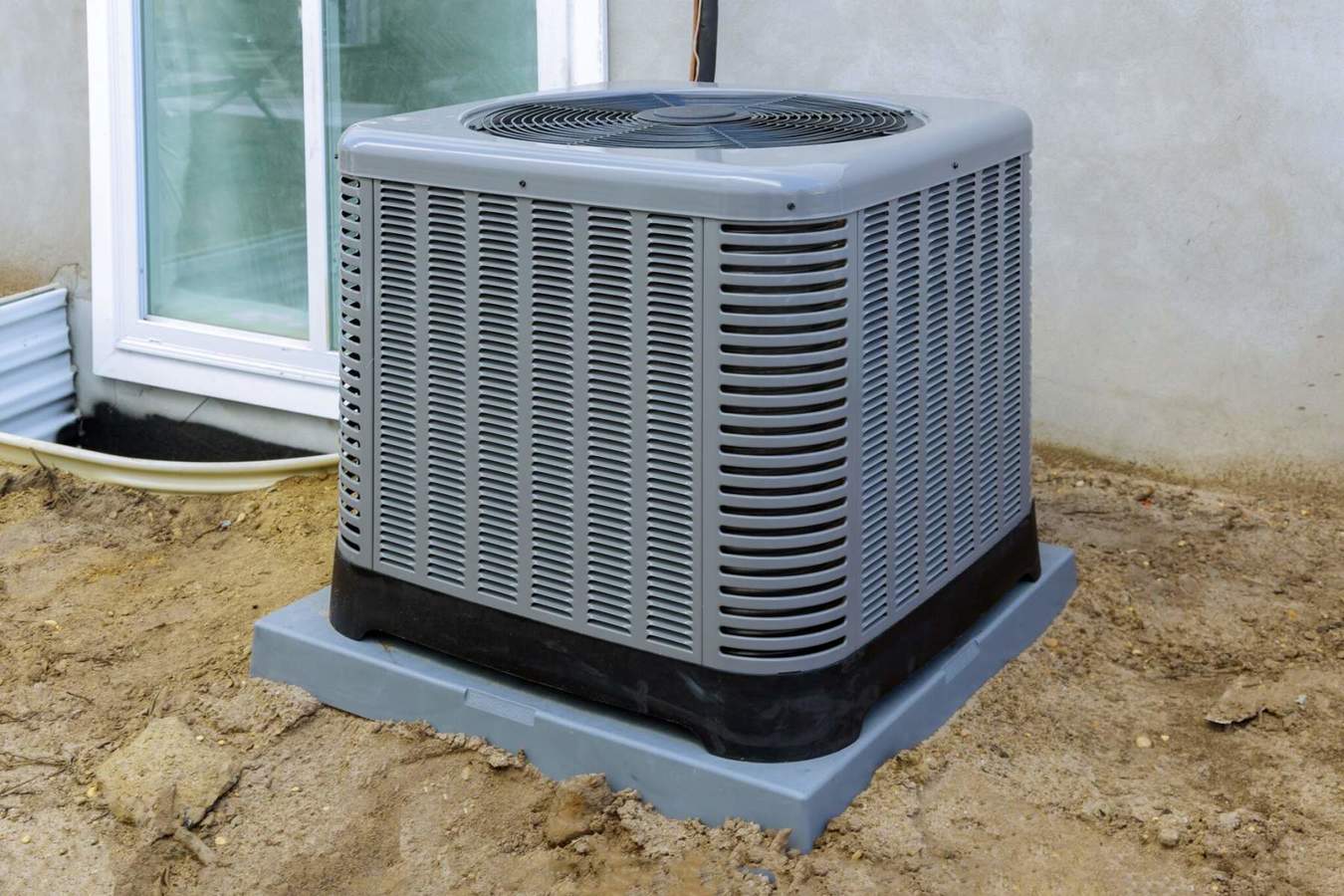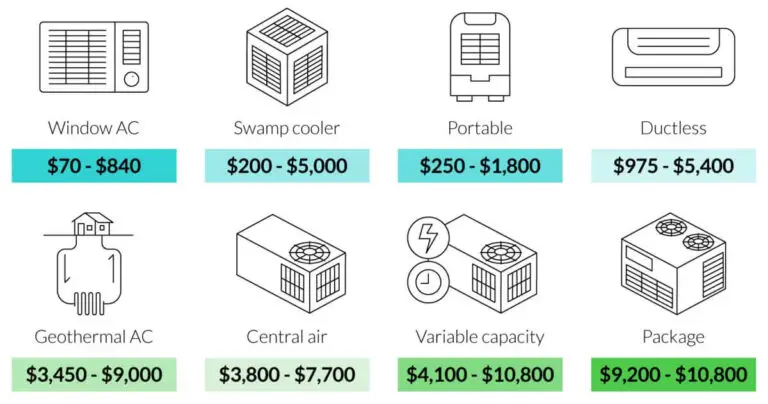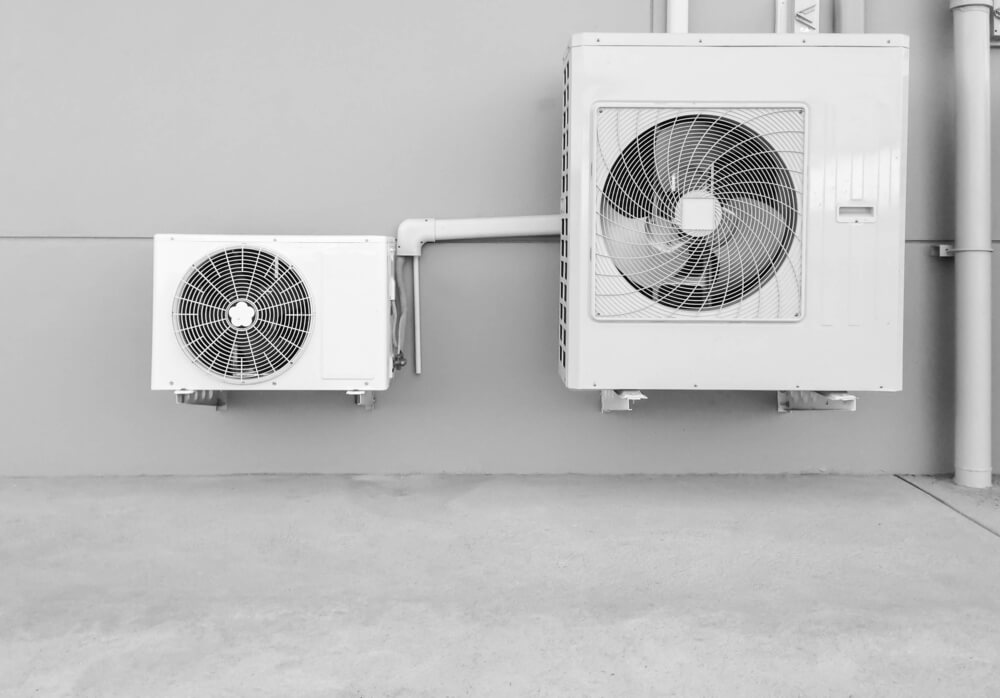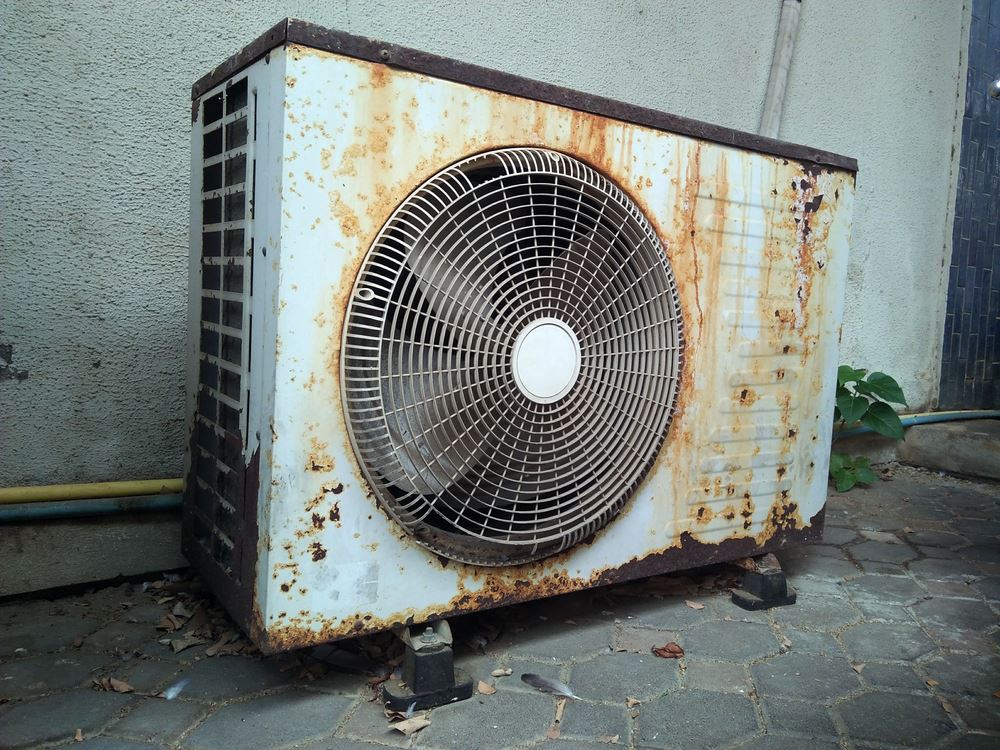Should I Replace My 20 Year Old Air Conditioner
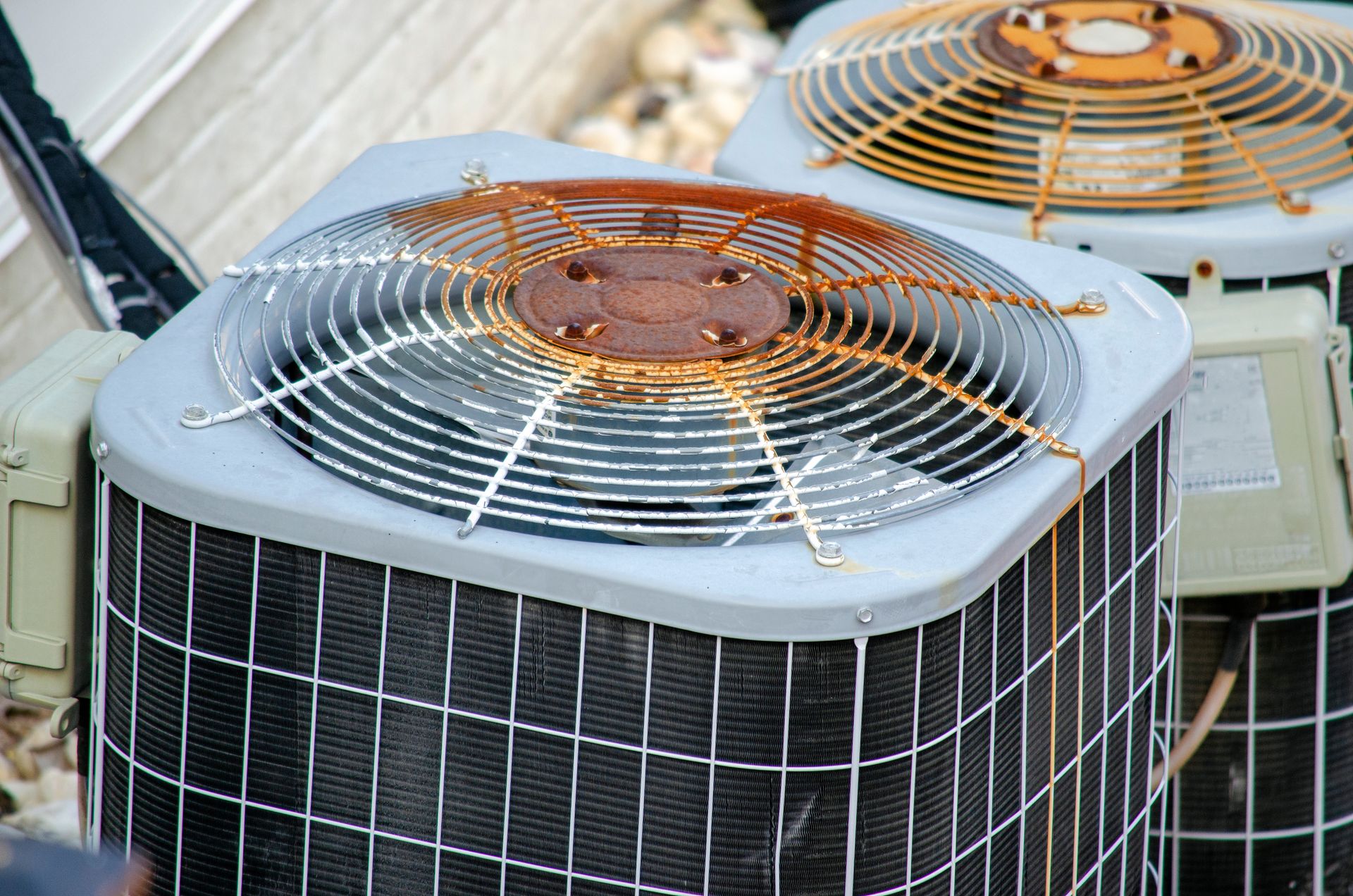
Your 20-year-old air conditioner is gasping its last breaths and bleeding your wallet dry; immediate action is needed. Delaying replacement could lead to system failure during peak season and sky-high energy bills.
This article provides critical insights into assessing the viability of your aging AC unit, weighing the costs against newer, more efficient models, and navigating the replacement process before disaster strikes.
Is It Time to Say Goodbye?
Age is a primary factor. A unit over 15 years old is nearing the end of its lifespan.
According to the U.S. Department of Energy, the typical lifespan of an air conditioner is 10-15 years.
Frequent repairs are a major red flag. Multiple breakdowns in a single season signal declining performance and increasing unreliability.
Rising energy bills, despite consistent usage, indicate reduced efficiency. Your AC is working harder to produce the same cooling effect.
Inconsistent cooling throughout your home is another sign. This often means the unit is struggling to maintain the set temperature, leading to hot and cold spots.
The Cost of Waiting
Emergency AC replacements during peak summer months are significantly more expensive.
HVAC contractors are in high demand, driving up labor costs and potentially delaying installation.
Inefficient systems consume considerably more energy. Older models may use 20-40% more energy than newer, high-efficiency units, according to Energy Star.
This translates to hundreds, even thousands, of dollars in wasted energy costs annually.
Understanding SEER Ratings
SEER (Seasonal Energy Efficiency Ratio) measures an AC unit's cooling efficiency.
The higher the SEER rating, the more efficient the unit is. A higher SEER rating translates directly into lower energy bills.
Federal regulations mandate a minimum SEER of 14 for most new AC units.
Replacing a 20-year-old unit with a SEER of 8 with a modern SEER 16+ unit can cut your cooling costs in half, potentially.
Weighing the Costs: Repair vs. Replace
A general rule of thumb: if repair costs exceed 50% of the replacement cost, replacement is the more economical option.
Factor in the long-term energy savings of a new, efficient unit. Calculate your current energy consumption and compare it to the estimated consumption of a newer model.
Consider potential rebates and incentives offered by your utility company or government programs. Many programs incentivize energy-efficient upgrades.
Finding a Reputable HVAC Contractor
Get multiple quotes from different contractors. Compare their prices, warranties, and service offerings.
Check online reviews and ratings on platforms like Google, Yelp, and the Better Business Bureau.
Ensure the contractor is licensed and insured. Ask for proof of insurance and verify their license status with your local licensing board.
Ask for references from previous customers. Contact those references to inquire about their experience with the contractor.
Financing Options
Explore financing options offered by HVAC contractors or your bank. Many contractors offer financing plans with low-interest rates or deferred payments.
Consider a home equity loan or line of credit. These options may offer lower interest rates than unsecured loans.
Look for government-backed loan programs designed for energy-efficient home improvements. Some programs offer favorable terms for qualifying homeowners.
Act Now Before It's Too Late
Don't wait for your AC to completely fail during a heatwave. Schedule a professional assessment of your system's condition and efficiency.
Contact several HVAC contractors for quotes and explore financing options.
Prioritize energy efficiency and long-term cost savings when making your decision. Proactive replacement now can save you significant money and headache in the long run.


